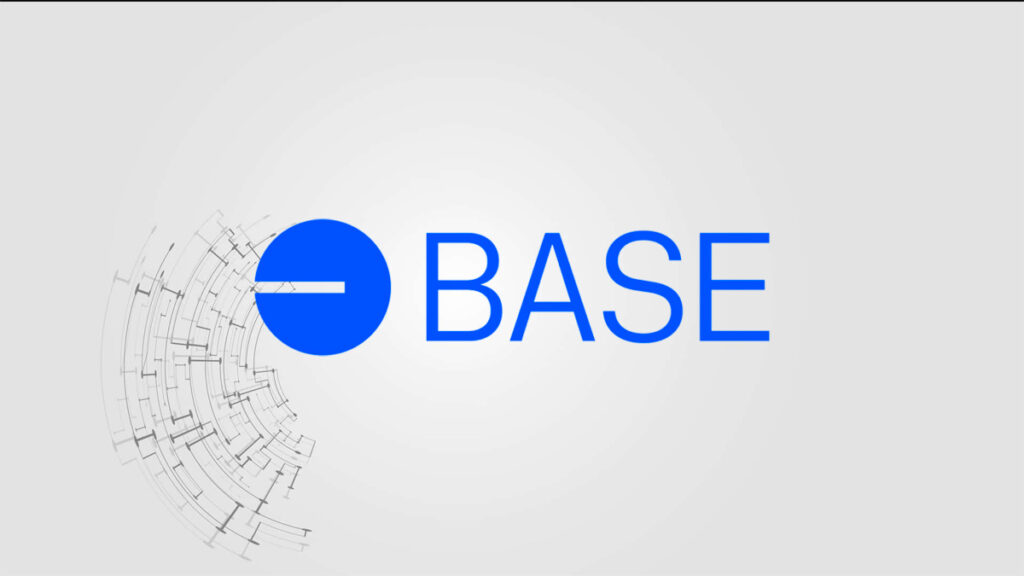TL;DR
- Base Network’s Decentralization Progress: Coinbase’s Base, a Layer 2 network, has made significant strides towards decentralization by implementing fault proofs on the Sepolia testnet.
- Stages of Decentralization: Ethereum’s chief scientist, Vitalik Buterin, describes the current system as Stage 0 decentralization. As fault proofs are introduced, the system will evolve, allowing permissionless state validation.
- Base’s Market Position: In 2024, Base has emerged as a leading Layer 2 solution, ranking second in Total Value Locked (TVL) with $7.27 billion and leading in transaction throughput. Its growth has reinforced the dominance of optimistic rollups over zk-EVMs.
Coinbase’s Base Network, the Layer 2 platform, is making strides in its journey towards decentralization. Recently, on July 23, fault proofs were implemented on the Sepolia testnet, marking a key achievement in reaching the first stage of decentralization.
“We’re now taking a step towards the next stage of decentralization: fault proofs are live on Base Sepolia testnet,” announced Base.
This implementation paves the way for securely introducing fault proofs to the mainnet and reaching key milestones required for Stage 1 Decentralization. At present, only Base’s centralized proposer can send the network’s state root to the Ethereum mainnet for verification.
Ethereum’s chief scientist Vitalik Buterin refers to this system as Stage 0 decentralization. As fault proofs are introduced, the system will continue to evolve. When fault proofs are deployed on the mainnet, permissionless state validation will be enabled, giving everyone the ability to propose or challenge Base’s state.
Progressive Decentralization

The move comes as more Layer 2 rollups strive for increased decentralization. Most Layer 2 solutions begin with Stage 0 decentralization, relying on centralized state root verification during the network’s early phases. Buterin characterizes Stage 1 decentralization as maintaining “limited training wheels.”
In this stage, the chain features a centralized security council comprising external stakeholders, including ecosystem and community members. This council has the authority to override fault proofs in case of bugs, with state root changes requiring approval from both chain operators and the security council.
In the second stage of decentralization, changes to the state root can only be made to fix bugs, and any upgrades to contracts are subject to a 30-day delay. L2beat reports that only DeGate v1 and Fuel v1 have reached Stage 2 decentralization.
Meanwhile, Arbitrum One, OP Mainnet, ZKsync Lite, and dYdX v3 remain at Stage 1, indicating that most Layer 2 networks still rely on centralized mechanisms for state root verification.
Base Network’s L2 Dominance
In 2024, Base has solidified its position as a leading Layer 2 solution:
- Total Value Locked (TVL): Base ranks second in TVL, with $7.27 billion (16.4% of the sector). This represents an impressive 876% increase from the start of the year.
- Transaction Throughput: Base consistently leads in transaction throughput, handling over 45 transactions per second in the past 24 hours. Binance’s H1 2024 report highlights Base’s transaction sequencer, which generated $46.2 million in revenue—outperforming Linea ($22.8 million) and Arbitrum ($14.2 million).
- Optimistic Rollups: Base’s growth has contributed to the continued dominance of optimistic rollups over zk-EVMs. These solutions promise performance gains and scalability improvements.
The five largest Layer 2 networks by TVL, Arbitrum, Base, OP Mainnet, Blast, and Mantle, collectively hold 80% of the sector’s assets, reinforcing Base’s position as a key player in the evolving decentralized landscape.










